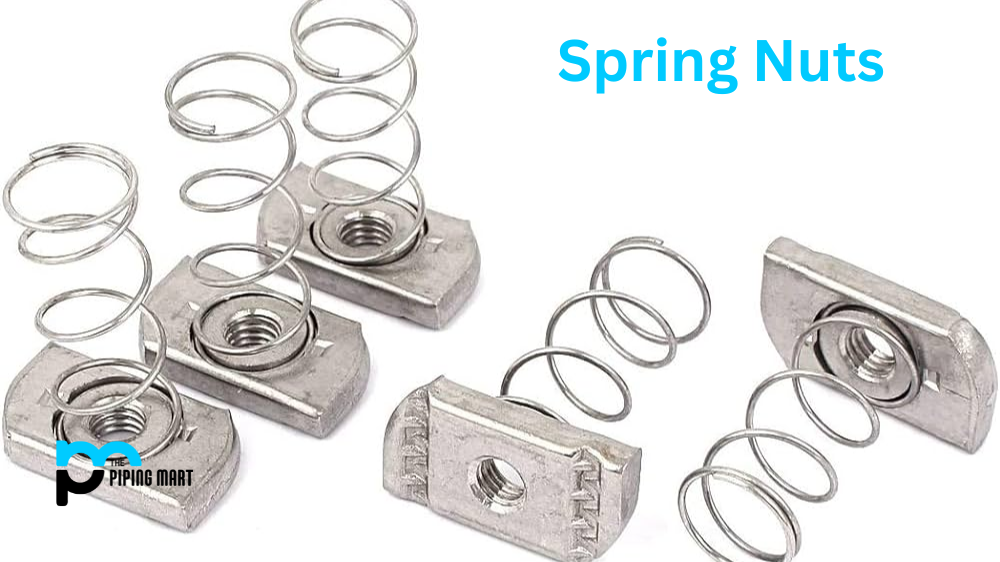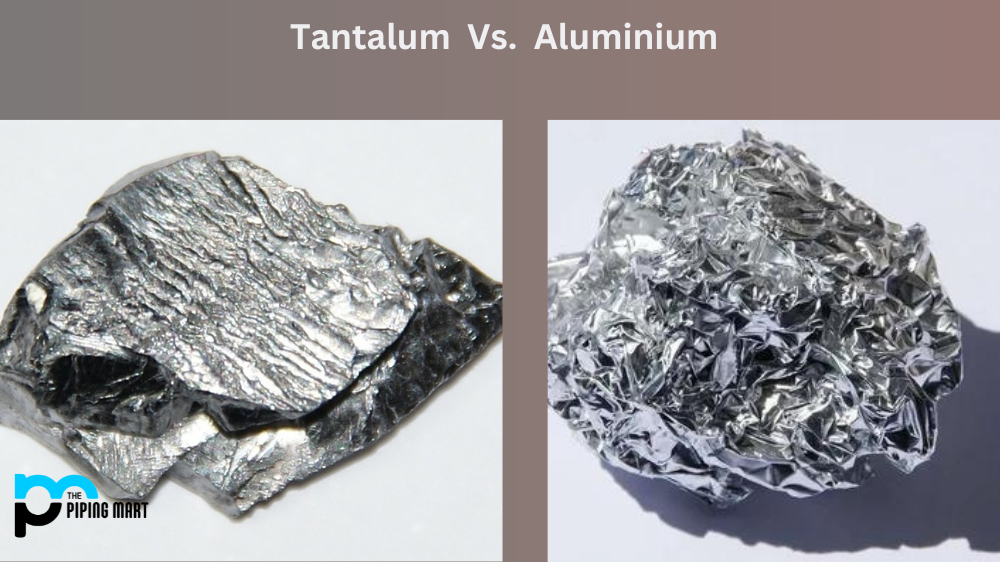Spring nuts are one of the most essential components in specialized machinery and automotive parts. They offer strong and secure anchorage points using coil springs that return to their original position after being compressed. One of the most important aspects to consider while choosing a spring nut is the material it’s made from. Spring nuts can be made from stainless steel profiles (T, U, or L), carbon steel, or zinc-plated steel. In this blog post, we will compare these materials based on their pros and cons to help you make the best choice for your next project.
Comparing Different Materials for Spring Nuts
Stainless Steel Profile – T Profile
T profile spring nuts are made from austenitic stainless steel, which makes them relatively expensive but highly corrosion and heat-resistant. They are ideal for use in marine, chemical, or food processing industries, where the exposure to saltwater, chemicals, or acidic substances is high. T-profile spring nuts also offer high insulation against electrical current, making them suitable for use in electrical cabinets. However, because of their high production costs, T-profile nuts are typically not the go-to option for cost-sensitive applications.
Stainless Steel Profile – U Project
U-profile spring nuts are also made from austenitic stainless steel and offer advantages similar to T-profile nuts, such as excellent corrosion and heat resistance. However, U-profile nuts are significantly less expensive than T-profile nuts, making them ideal for cost-sensitive projects. U-profile nuts are commonly used in structural and automotive applications, as well as in electrical cabinets.
Stainless Steel Profile – L Profile
L profile spring nuts are made from ferritic stainless steel, less corrosion-resistant than austenitic stainless steel. However, L-profile nuts are much cheaper than T or U-profile nuts, making them an ideal option for cost-sensitive projects where high corrosion resistance is not a primary requirement. L profile nuts, like wheel guards or mud flaps, are commonly used in automotive applications.
Carbon Steel
Carbon steel spring nuts offer a balance between strength and affordability. They are ideal for heavy-duty applications that are not exposed to corrosive environments. Carbon steel nuts can withstand high torque loads and are commonly used in construction, machinery, and equipment manufacturing industries.
Zinc-plated Steel
Zinc-plated steel spring nuts offer an economical solution for light and heavy-duty applications. The zinc plating makes them resistant to corrosion and ideal for indoor and outdoor applications. However, the zinc plating can wear off over time, leading to corrosion, especially in harsh or humid environments.
Conclusion:
Choosing the right spring nut material is crucial to ensure your application or project’s optimal performance and longevity. The material selection primarily depends on the project’s specific requirements and budget. Stainless steel profile nuts are expensive but offer excellent corrosion and heat resistance, making them ideal for special industries like marine, chemical, or food processing. Carbon steel and zinc-plated steel nuts offer more affordable solutions for heavy and light-duty applications not exposed to corrosive environments. In summary, each material has pros and cons, and considering the project-specific requirements, the best option can be chosen.

Abhishek is a seasoned blogger and industry expert, sharing his insights and knowledge on various topics. With his research, Abhishek offers valuable insights and tips for professionals and enthusiasts. Follow him for expert advice on the latest trends and developments in the metal industry.




